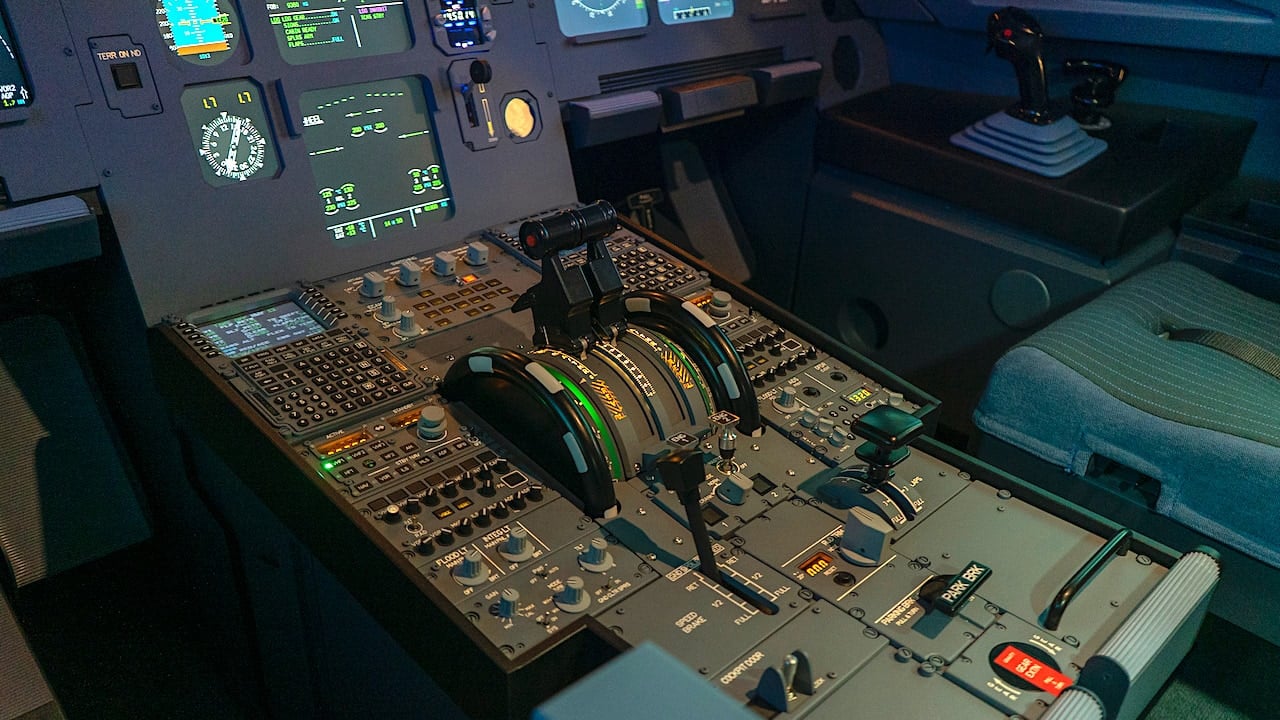Adjusting the mixture correctly allows our fuel consumption to provide us with maximum power, maximum range or maximum autonomy.
The checklist for each aircraft specifies the settings that must be made to achieve the different fuel consumptions. Let us look at a practical example:
In our Cirrus SR20, to achieve maximum power, the EGT temperature must be 75ºF above peak.
That is to say, when you start to make the adjustment, the EGT will start to rise, there will come to a point where it stops rising and starts to fall. This point is known as the peak, at which we must advance the lever again, until the exhaust temperature is 75ºF above the peak.
To have the best economy setting, i.e. minimum fuel economy, the EGT must be 50ºF below peak.



